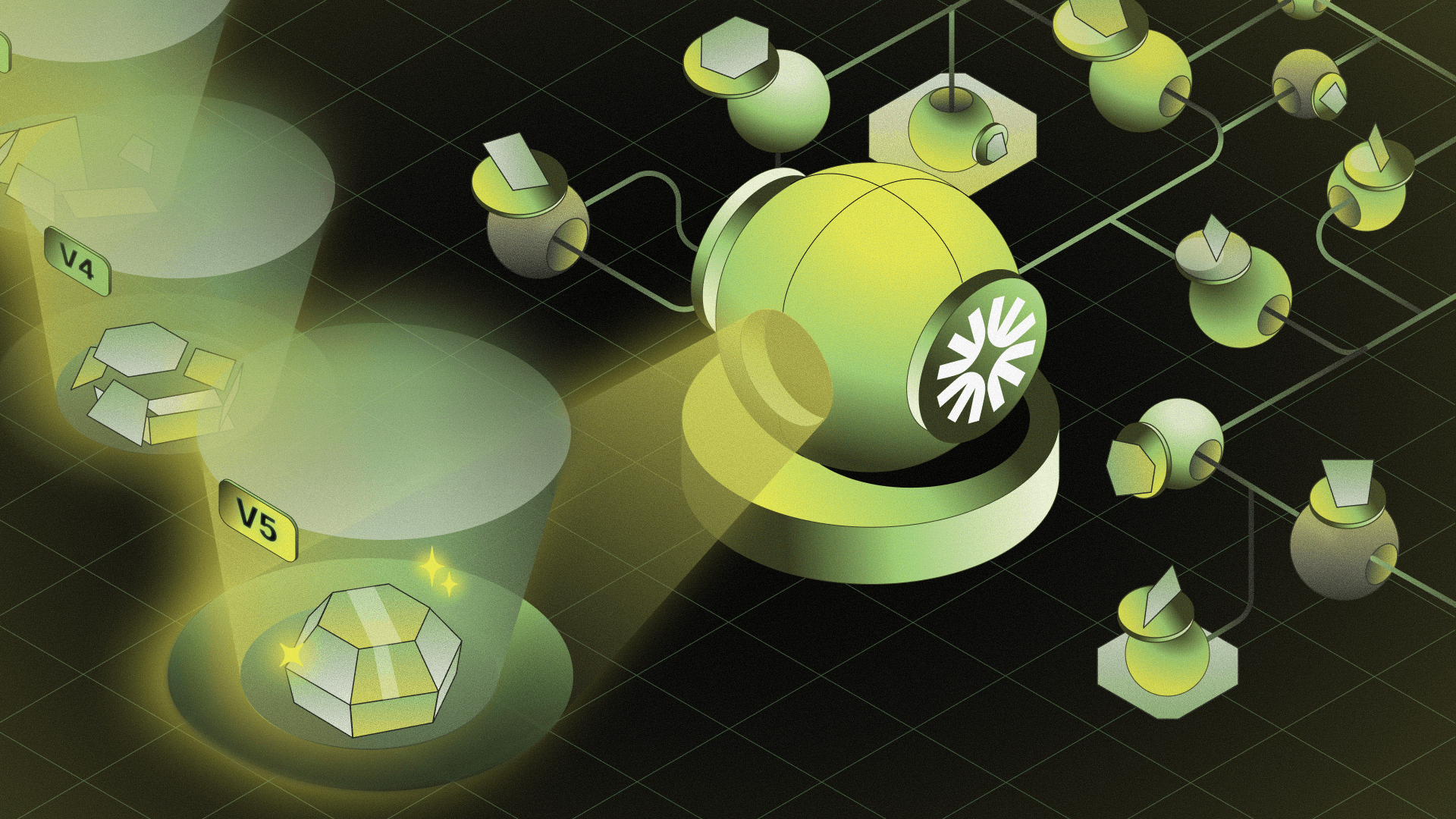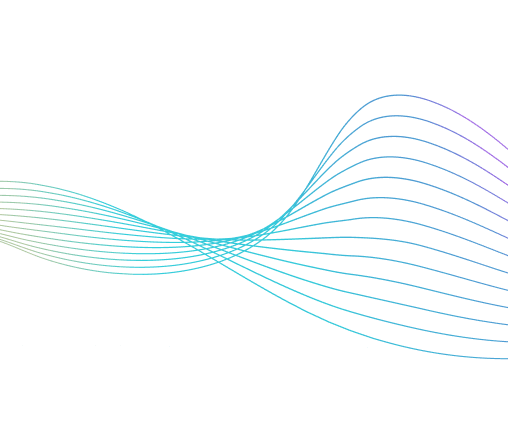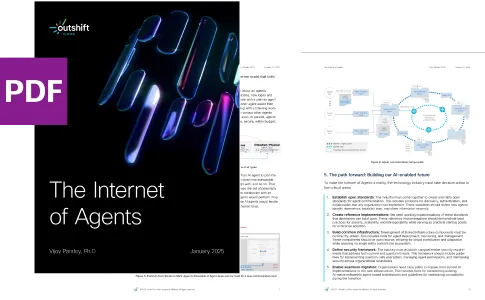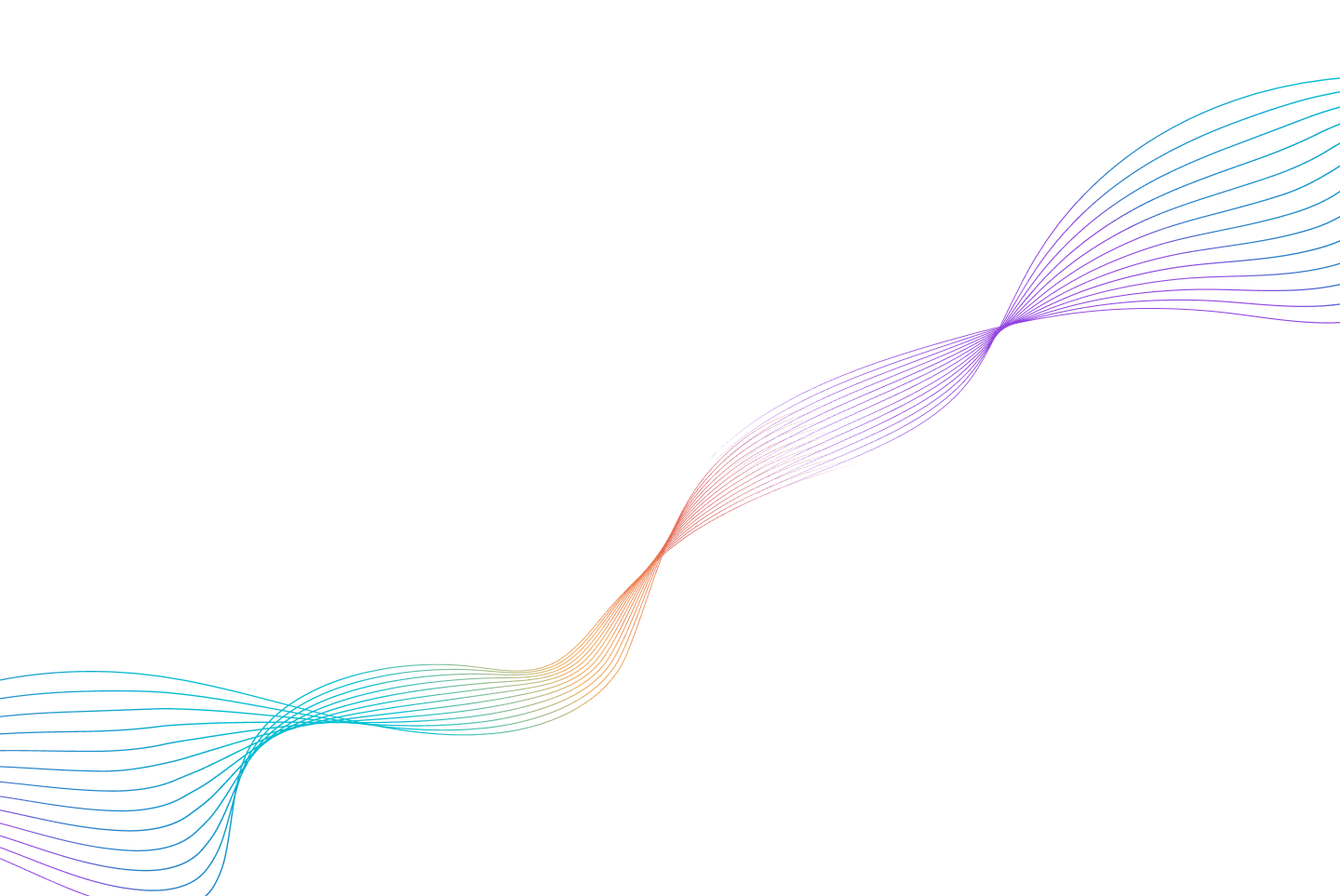Published on 00/00/0000
Last updated on 00/00/0000
Published on 00/00/0000
Last updated on 00/00/0000
Share
Share

AI/ML
7 min read

Share
As AI development has shifted from knowledge-based tools to action-oriented agents, the need for a vast, interconnected web of agents, an Internet of Agents, has become increasingly clear.
However, for this network to live up to its full potential agents need to be reliable and trustworthy at scale. True openness is required, not merely, “open source.”
Too often companies pay lip service to open source principles. They attract developers with free code, but ultimately retain dominant control over the project’s direction.
For Galileo, a software company focused on GenAI reliability, evaluation, and observability, establishing genuinely open standards and infrastructure for multi-agent systems is a priority.
This vision was shared by Outshift by Cisco and LangChain, leading to the AGNTCY project, an open source collective building the foundational technologies and standards for the Internet of Agents.
For Yash Sheth, Chief Operating Officer of Galileo, true openness within AGNTCY was the definitive path forward to ensure applicable uses cases for diverse industries and enterprises
“We’ve seen many patterns where one company open sources something and then it can’t be applied to a broad range of use cases and enterprises,” Sheth says. “We have to bring in experts from different industries and technologies and have them contribute to this stack.”
AGNTCY's recent move to the Linux Foundation marks a significant step towards a unified, vendor-neutral standard. I spoke with Sheth, to explore their involvement, contributions to the AGNTCY, and the challenges that lie ahead for the future of this work.
Q: As a collaborating organization of the AGNTCY project and now a member of the project under the Linux Foundation, what initially drew you to join the Internet of Agents vision? How does this align with Galileo’s focus on reliable AI applications?
Reliability for AI is multi-faceted. It's not just having the right evaluations and observability but also ensuring real time enforcement of those controls so that agents can operate efficiently on critical tasks in production.
Building an agent nowadays is super easy, but that's just the 'zero to one.' The 'one to 100' is the hard part: setting up the right controls and making sure agents can communicate with other agents. This ensures the real ROI of an end-to-end workflow.
From the very beginning at Galileo, we had the vision to enable multi-agent systems in production at scale. We've been thinking for over the last two years about how we can have a multi-agent workforce in the enterprise. When we met the Outshift team—Vijoy Pandey, Papi Menon, and everyone else, we shared a common vision. We wanted to build this not just as a white paper or best practices, but to truly build the tools and infrastructure to power agentic systems.
Q: From your perspective, what does it mean to be part of building the Internet of Agents?
At Galileo, we have been excited to bring our expertise in evaluation, agent-to-agent communication, and observability spaces. It’s also been exciting to see how other partners with their own expertise and capabilities have been joining this effort to build out the necessary stack and infrastructure for agent-to-agent systems.
More tactically, we've been collaborating and contributing to the right metrics that agents should be observing, observability requirements, the OTel (Open Telemetry) tracing that agent should be emitting so that there's a standard uniform way.
Because if agents are a black box, then it's hard to understand how they operate which makes it harder to trust those systems. If agents are exporting what they are doing internally, we can measure that to make sure that there's no unwanted behavior and one agent can interact with another agent more openly.
Q: Agent-to-agent collaboration is central to the AGNTCY. Once reliable and standardized agent-to-agent communication is established through AGNTCY work, what are some applications do you see becoming possible beyond what single agents can do today?
The number of applications that can benefit from agent-to-agent collaboration varies from vertical to vertical. We’re able to solve hard problems that just one AI chatbot or one AI application cannot.
Truly complex environments require multiple agents with their own specialties collaborating on one single output. For customer success, agents will not only understand conversations, but constantly file tickets to engineering teams, check whether features are capturing customer requirements properly, and manage the entire life cycle of features, including automatic deployment and customer notification. This increases efficiency, and customers have much better real-time experience.
Multi-agent systems can be incredibly transformational for any enterprise use case. Imagine an agent for Domino’s talking to a DoorDash agent to optimize driver arrival times. There's a whole logistical implication on these small agents talking to each other.
Q: How has Galileo been involved in the development and implementation of the Open Agent Standard Framework (OASF), and what role does it play in extending OpenTelemetry for improved agent interoperability within the AGNTCY?
At AGNTCY, OASF has been one of the pillars defining how to define an agent. We’ve been thinking fundamentally, what do agents need to report on? For example, if agent A is talking to agent B, are there certain data-driven signals that lead agent A to trust agent B? Those should be rooted in metrics and data sets that agents have been evaluated on, otherwise developers end up hard-coding agent interactions to some known agents instead of discovering the right agent to solve the problem.
Once you execute your multi-agent workflow, you need to be able to govern that entire workflow, and my agent should be able to tell me whether everything was done perfectly. Developing a standard on how agents can expose their execution details for anyone to be able to trust them is critical. Today, it's very ad hoc. Every agent use case has its own way of exporting trace level information, which cannot be consumed by the end consumer. An enterprise governance team might need to understand how a customer support voice agent, built by one vendor, talks to an internal Salesforce agent, provided by Salesforce.
Q: For enterprises and developers who are just learning about AGNTCY, why should they pay attention or get involved in the work being done in this project and what long-term benefits can they expect from adopting these emerging standards?
Enterprises have their own internal needs from an infrastructure, governance, scale, and technological stack standpoint. Many have vendors with agents in their systems, and many are building their own agents because agents are part of new software building.
What enterprises really need to know is that there's not going to be one vendor that comes in to solve all their agentic problems. This is because it’s a heterogenous world of agents.
A cloud provider could say, 'We can build the entire platform to run all your agents here,' but an enterprise uses Salesforce, ServiceNow, voice agents, and logistical agents that are part of other systems. They are not all going to be on one cloud provider's platform. There needs to be a basic infrastructure set up.
AGNTCY is building the backbone for agents. If you have a multi-agent system—which is not an 'if,' but a 'when,'—you will eventually have multi-agent systems in your software stack. If you start adopting this backbone, you're well positioned to scale your agent footprint. Otherwise, it'll be very hard for your teams to manually stitch these agents together and also make them governable and reliable from the beginning.
Q: What strategic advantage does Galileo see in AGNTCY becoming a part of the Linux Foundation, and how does this move align with the goal of creating a unified Internet of Agents standard?
The move to the Linux Foundation was a no-brainer. For this to really take shape with large technology providers, hyperscalers, and other companies to adopt it, everyone should feel like they are part of a completely open, non-profit organization. We are really excited and I look forward to even closer engagement in the new Linux Foundation model with steering committees and regular interactions with the group.
Ready to join the AGNTCY? Find us on GitHub to start contributing to a truly open Internet of Agents.


Get emerging insights on innovative technology straight to your inbox.
Outshift is leading the way in building an open, interoperable, agent-first, quantum-safe infrastructure for the future of artificial intelligence.

* No email required

The Shift is Outshift’s exclusive newsletter.
Get the latest news and updates on agentic AI, quantum, next-gen infra, and other groundbreaking innovations shaping the future of technology straight to your inbox.
